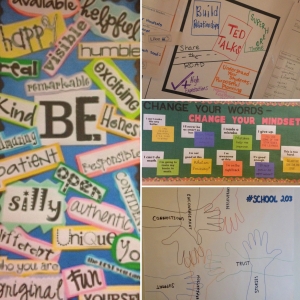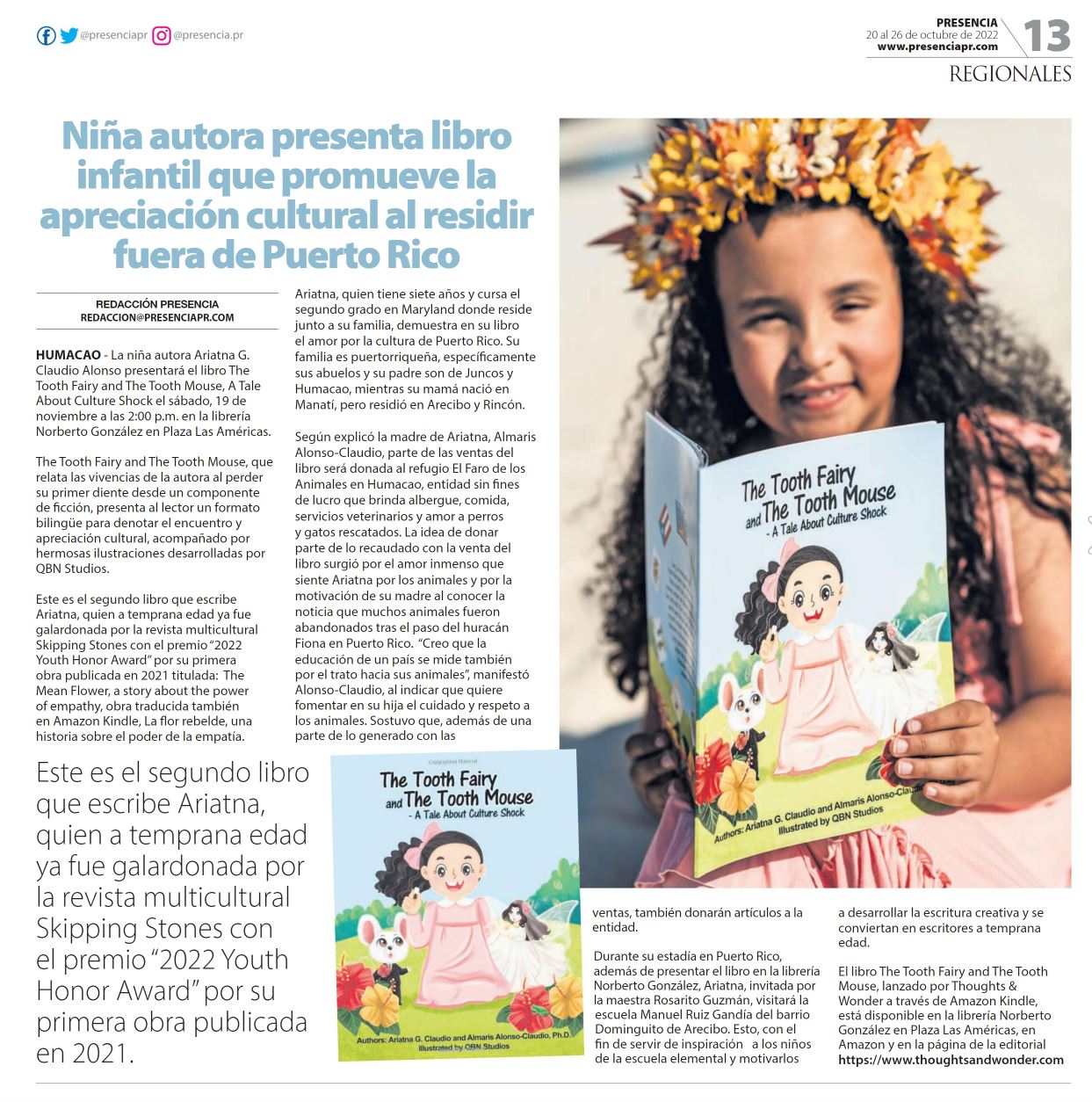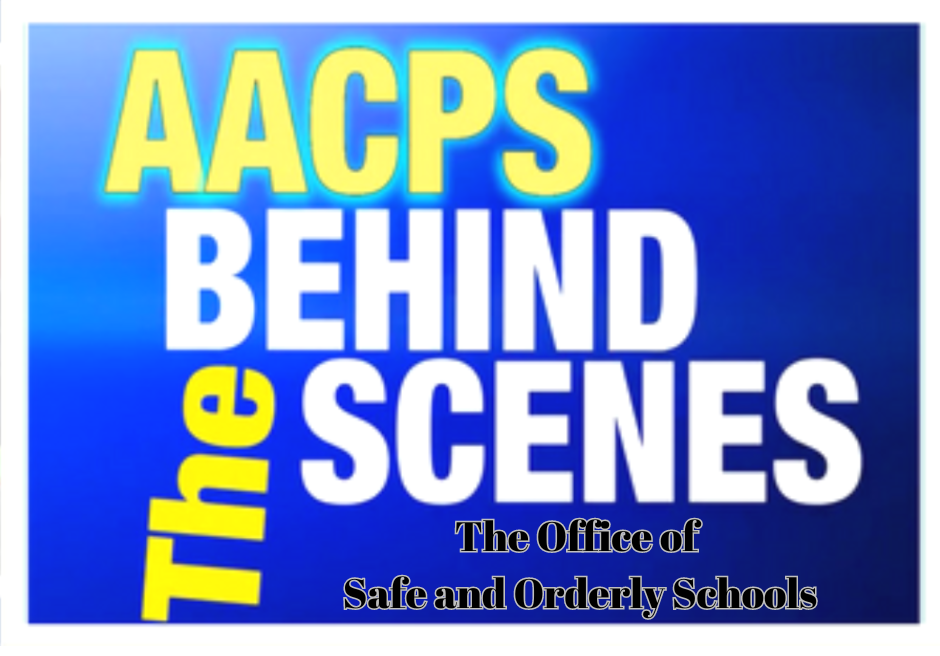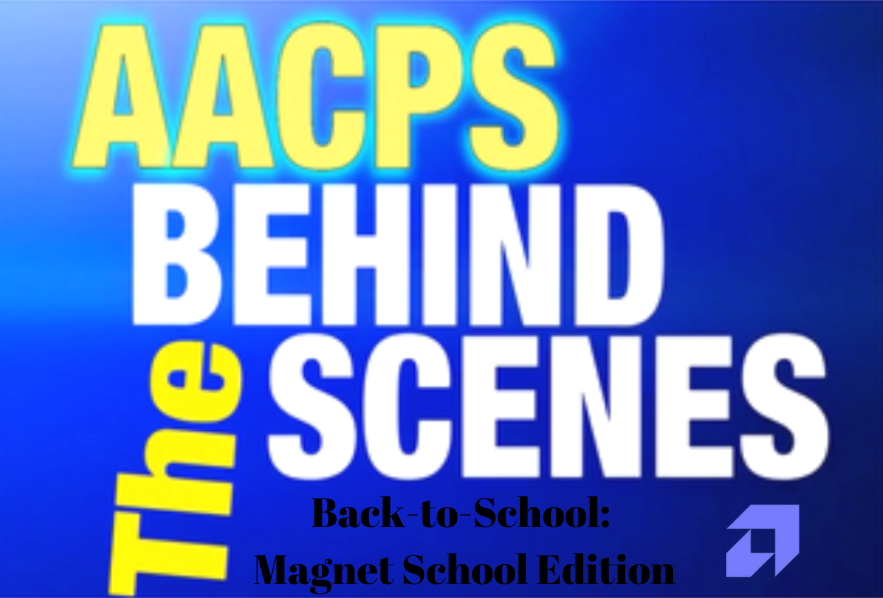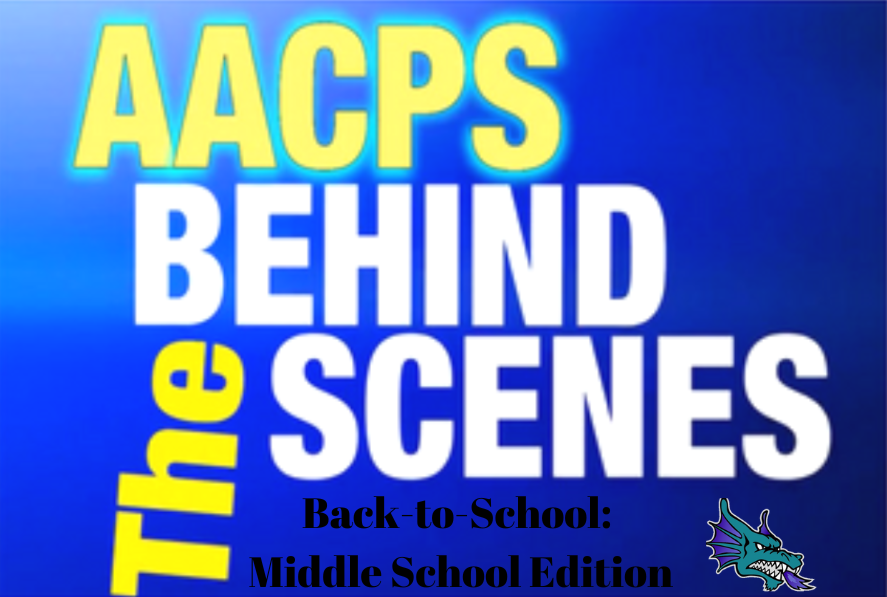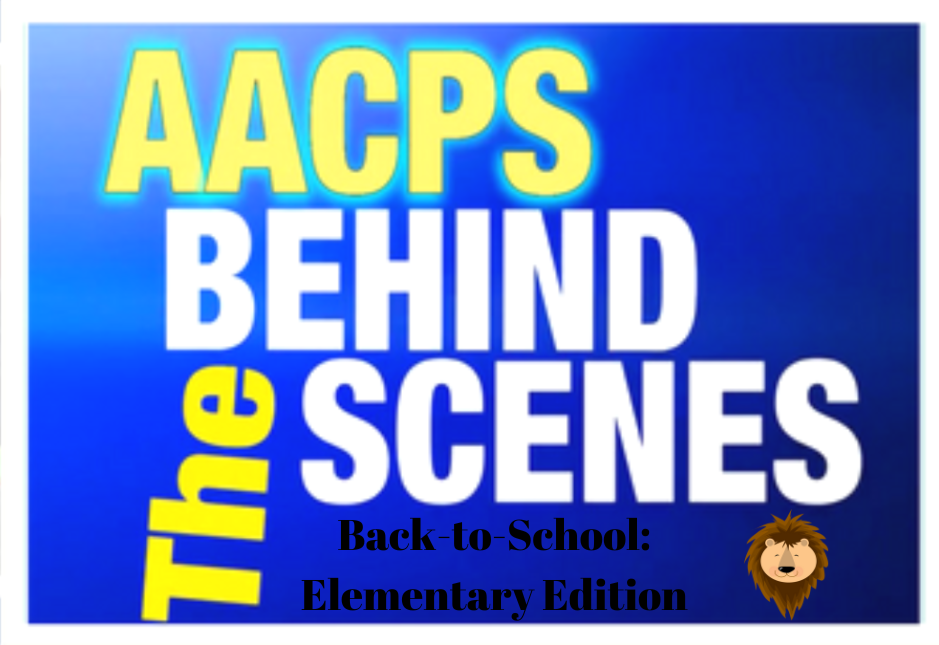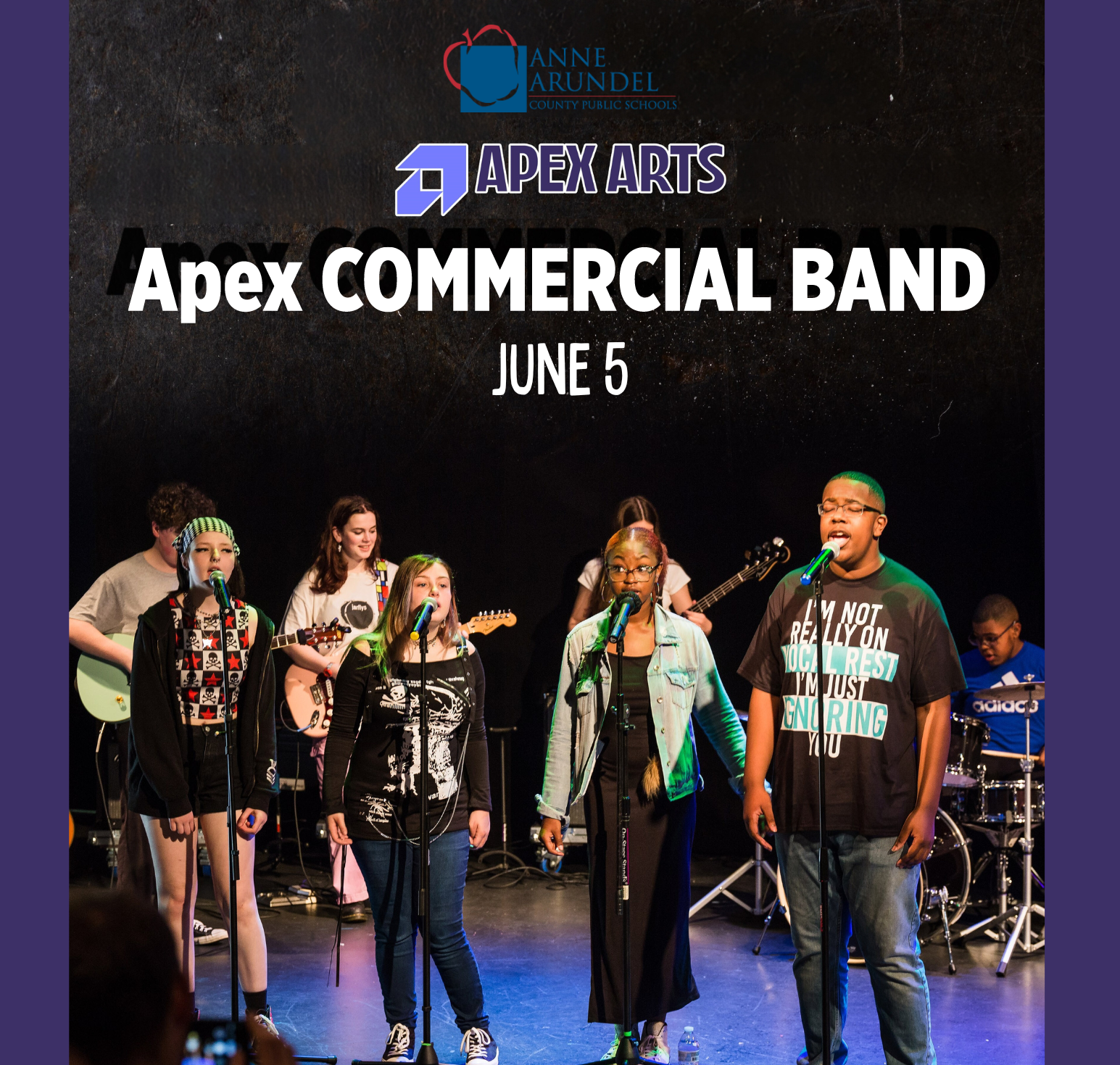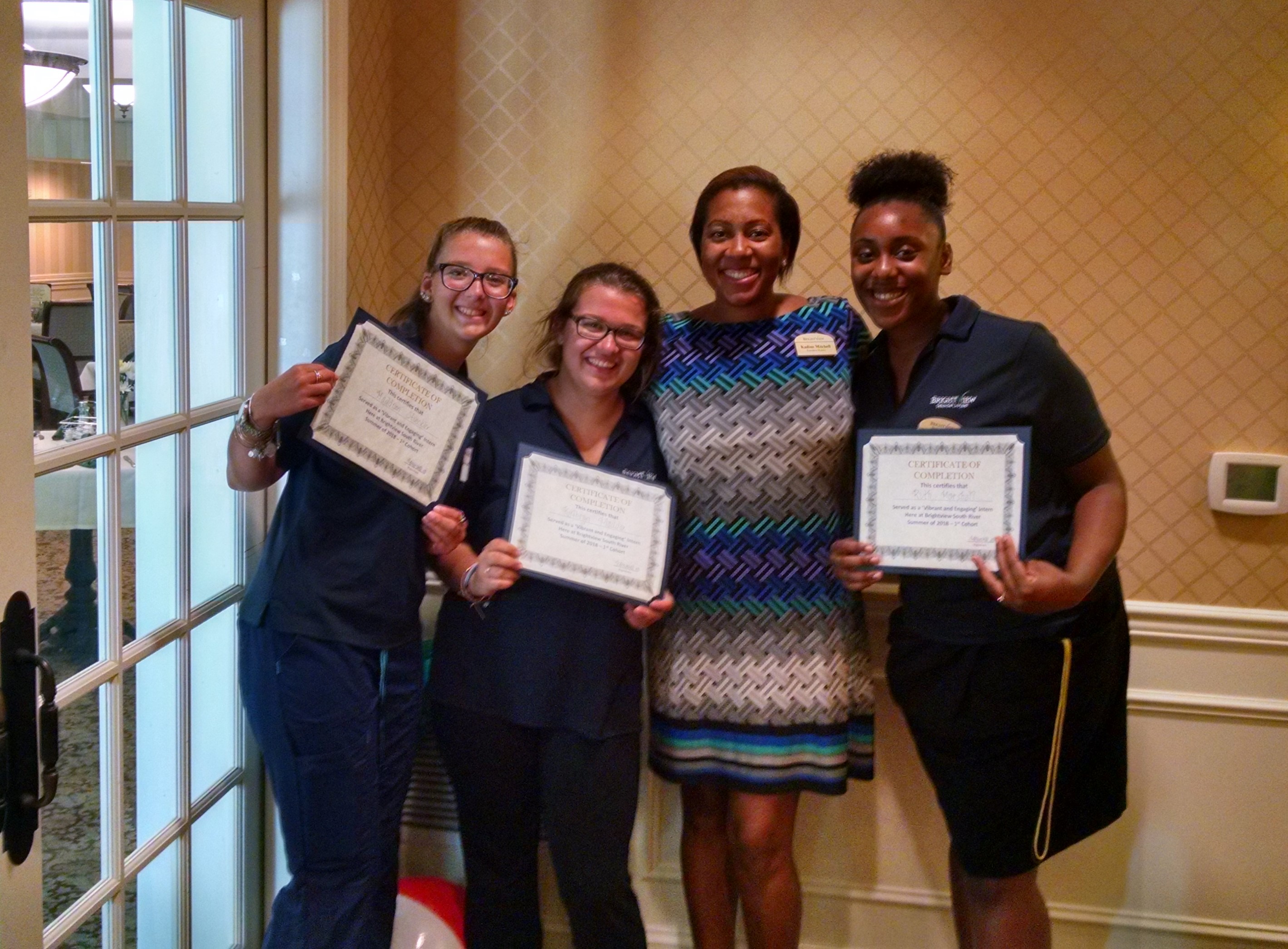At the beginning of second period at Arundel High School, 10th grade student Ayesha* sits with Katara West, a Mathematics teacher at the school, and looks over a grade report from the previous week. There are a lot of solid grades, but also several missing assignments. What we have to think about, Katara says to the student, is not where we should have been, but where we are now—what are the next steps? Katara, who meets regularly with Ayesha, knows that Ayesha understands the content but struggles with assignments because of a situation at home. They create a plan to spend study hall each day in Katara’s office so that, together, Ayesha can stay on top of her work. As Ayesha picks up her backpack, Katara pulls out a brush to help fix Ayesha’s hair and reminds her to take a deep breath, before writing a pass to second period.
Katara is the Equity Liaison at Arundel High School and, uniquely, the only full-time Equity Liaison in Anne Arundel County. Trained by the Office of Equity and Accelerated Student Achievement (OEASA), every school has an Equity Liaisons who serves as expert in the building to offer resources and promote strategies to empower educators, families, and the community to achieve AACPS’ goal of elevating all students and eliminating all gaps.
Building Relationships to Reach All Students
Like all Equity Liaisons Katara works with the school’s administration to look at a wide range of school-based information—from test scores and classroom grades to attendance rates and number of referrals—and identify where there are gaps in achievement between different groups of students. Whether they are between students of different race, socioeconomic status, gender, spoken language, or any other factor, gaps exist is every school. It is the responsibility of the Equity Liaison to find the students who are struggling and develop targeted strategies to help them reach their fullest potential.

From Elementary to High School, Equity Liaisons help connect students to role models throughout the building.
Equity Liaisons know that one of the most important strategies to support these students is to build one-on-one relationships. By getting to know each child and learning their individual background and interests, Equity Liaisons can help them determine: Where are you now? Where do you want to go? And how can we help you get there? Together, they help students set goals, develop a path to reach those goals, and remind students that even though they may not be there yet, someday they will.
At Arundel High School, Katara and other members of her Equity Team meet regularly with students one-on-one to look at their grades and discuss strategies for continuing on a successful path. By meeting once or twice each week, these students can address challenges as they arise instead of trying to climb out of a hole at the end of the marking period. Like many Equity Liaisons, Katara has helped develop mentoring groups throughout the school. While most Equity Liaisons fill this role in addition to their full-time job as teacher, counselor, or other member of the school team, as a full time Equity Liaisons, Katara has more time to reach out into the community and so has made outreach a primary part of her role. (Arundel High School is currently the only school in the county to create non-teaching Equity Liaison position). By making connections to existing mentorship programs in the area such as Aziza, Free to Rise, and Harvesting Hope, Katara has been able to leverage the experience of leaders from within the community to help groups of students develop a network where they belong. Any student in the school can participate in these groups, but they are also specifically encouraged to the students who may be in danger of falling “in the gap.”
But even beyond formal mentoring, Katara lets all students who walk through her door know that she is there for them. Whether it be offering tutoring for a math test, helping to get school supplies, or working with on a dance routine before an audition, Katara gives these students—who may not feel like they belong anywhere—someone to fall back on. When students know they have support they are more confident. With that confidence they are more likely to move out of their comfort zone and try something new, whether that be participating in a college visit or deciding to start a new club. “Because they know I’m here for them and that I will guide them,” Katara says, “they’ll take opportunities they wouldn’t otherwise.”
Providing this emotional support is crucial because good grades are only one piece of what students need to be successful. Academics are important, but equally important are confidence, determination, grit, and social skills. And when students succeed socially, they will be able to succeed academically. As Katara says, “Academic success isn’t born sitting at a table and doing work; it’s about confidence, access, opportunity, being exposed to different things.”
Growing Learners, Growing Minds
To help students develop these emotional skills, AACPS recognized the importance and power of promoting growth mindset, which is the conviction that every child is able to learn and is capable of success. Research has shown that promoting a growth mindset can increase student achievement, especially for those students who are most in danger of struggling. When teachers encourage their student to have a growth mindset, students learn the importance of perseverance, that mistakes offer an opportunity to grow, and that even if they are not mastered something yet, if they work hard, they can reach any goal. (To learn more about the difference between growth vs. fixed mindset, click here).
To put this idea into practice, the OEASA created the #Room203 Challenge. Inspired by the true story of California teacher Erin Gruwell who inspired defeated students living in a gang-ridden neighborhood to believe in themselves and their ability to achieve, the #Room203 Challenge tasks teachers and principals to create a space and culture where each and every student feels valued, respected, and cared for. To promote this message from within the school building, AACPS relies on Equity Liaisons.
While the role of Equity Liaison has been around for many years, the newly structured OEASA has expanded the position over the past two years to become a more prominent leadership role within the schools. When selecting their school’s Equity Liaison, principals are encouraged to look for an individual who is seeking opportunities for growth and who is already an advocate for all children. With the support of quarterly training and templates from the OEASA, Equity Liaisons have become empowered to present information and strategies about growth mindset and Room203 to their school and encourage individual teachers to facilitate an environment of inspiration and empowerment. As a result, Equity Liaisons and many individual teachers embraced the challenge and the Room203 movement grew across Anne Arundel County.
Building on last year’s momentum, Equity Liaisons are now expanding this movement to become School203, where everyone from students to teachers are engaged in a school-wide culture shift. Working with each school’s leadership, Equity Liaisons are providing resources and ideas to empower staff to create a Room203 in every classroom and make sure every member of the school can work and learn in a positive, collaborative, and compassionate environment. From create an inviting physical space to building relationships with and among each member of the school community, Equity Liaisons help create a culture that is inclusive for everyone.
Creating an Environment for Everyone to Thrive
Walking down the hallways of Frank Hebron-Harmon Elementary School, it is hard to miss the bright and colorful decorations that line the walls. Student artwork is displayed prominently in every hallway, photographs of students from the school hang by signs with sayings such as “All the flowers of all the tomorrows are in the seeds of today,” and individual passages are labeled “Responsibility Road” and “Kindness Court.”
Hebron-Harmon Elementary School understands the importance of creating an environment where all students are supported to learn. As a Kids at Hope School with an International Baccalaureate (IB) Primary Years Programme that uses Positive Behavioral Interventions & Supports (PBIS), Hebron Harmon is committed to engaging all stakeholders in the belief that every child is a growing learner capable of success, no exceptions. But while all of these initiatives help create a supportive growth mindset environment for their students, building School203 depends on an equally supportive environment for staff.
Stepping into Hebron-Harmon’s faculty lounge, one of the first items you notice is the “Wall of Happiness,” a large poster on one wall of the room that gives teachers a space to share encouraging thoughts, experiences, and quotes. On the center table there the “Golden Apple Award” box, where teachers can nominate a colleague for a monthly drawing, and in the corner are brightly decorated boxes for teachers to leave suggestions, questions, and comments for each of the school’s committees. The atmosphere of the room is positive and relaxed, which is exactly what Equity Liaison Mabel Stoll was hoping to accomplish when she came in over the summer to redecorate the space.

Equity Liaisons encourage staff at each school to have fun and remember the joy that should come with teaching and learning.
Mabel, who is a first grade teacher at Hebron-Harmon, is in her third year as an Equity Liaison. Guided by the support of the OEASA and her principal, Mabel has taken on a leadership role in her school and works hard to create an atmosphere that—both physically and emotionally—celebrates the staff as much as it celebrates the students. Whether presenting staff-wide professional development to implement a specific growth mindset strategy or dropping by a new teacher and asking about her day, Mabel reminds all teachers that they always have someone to whom they can turn. “I’m everyone’s cheerleader,” she says, “I want people to be happy to be changing lives.”
By supporting a caring environment for everyone at the school, Mabel both directly and indirectly encourages relationships among the staff and helps students see how to build relationships with each other. Ultimately, it is this network of relationships that encourages students to step out of their comfort zone and try something new, in school and beyond.
In a school system of 126 schools and 81,000 students it can be easy to become overwhelmed with the data. But past these numbers, there are there are 81,000 individual children who each come to school with one goal—to receive the best education possible. To reach this goal, students need more than strong academic programs; they need to know they are seen as individuals, each with a unique background and unique potential, and they need to know that their school wants to do whatever it can to serve them. With the support of the Equity Liaisons, this goal can become a reality and every child will be able to reach her fullest potential.
Note: Students’ names have been changed below to protect their privacy.

